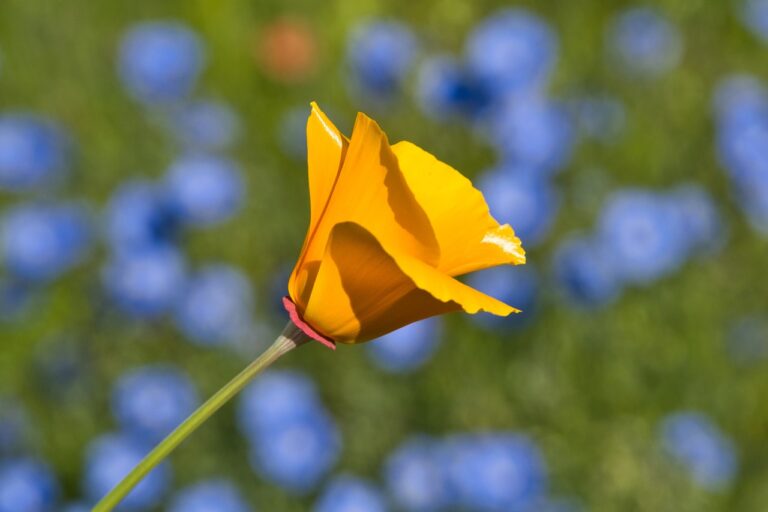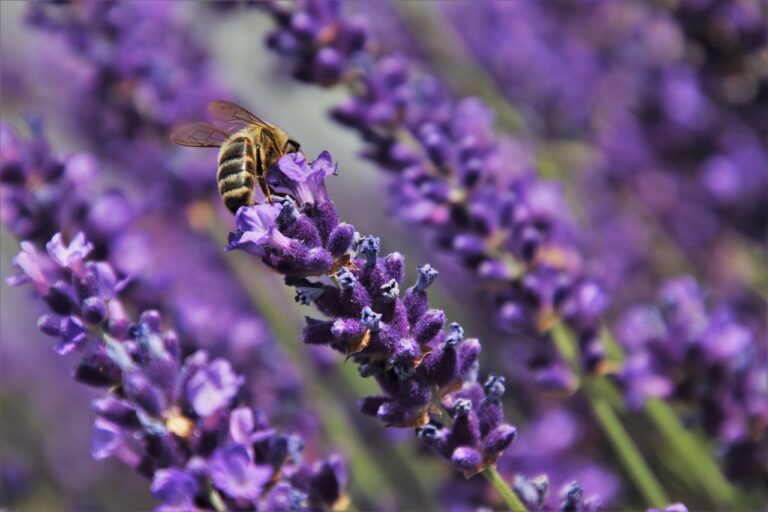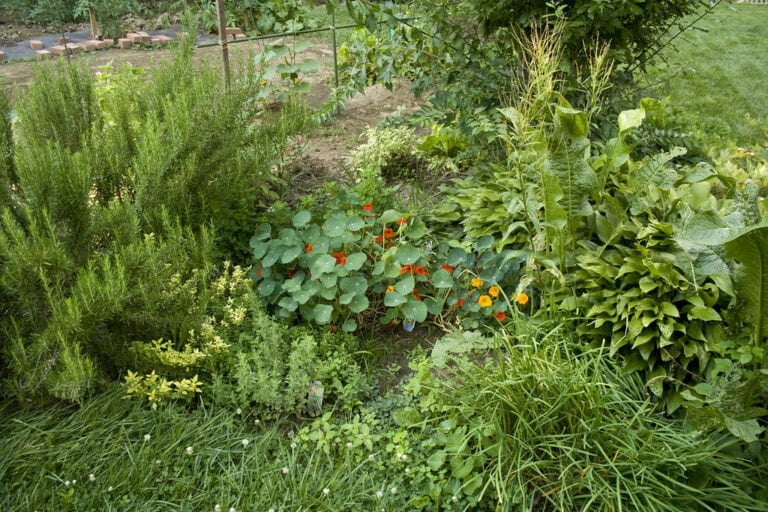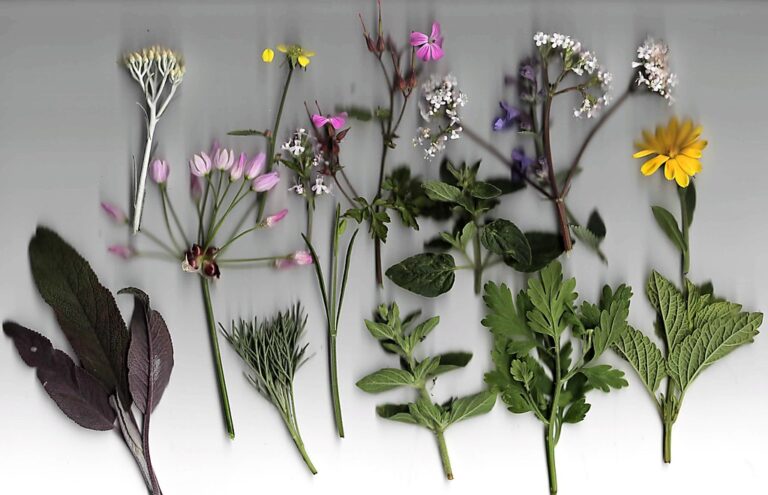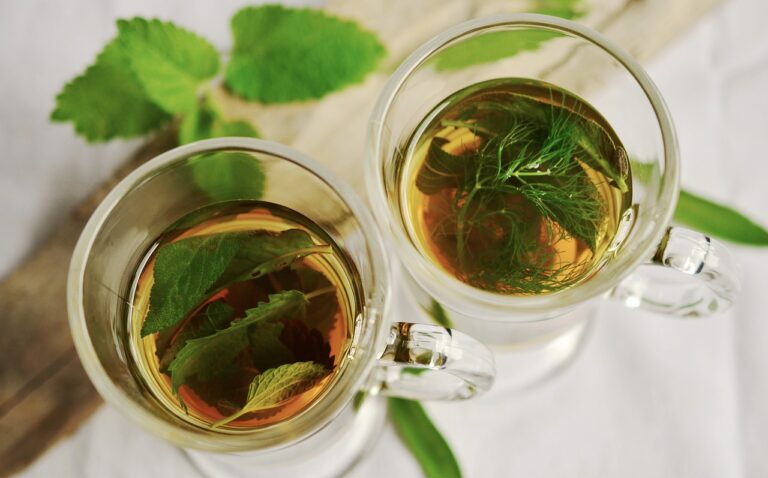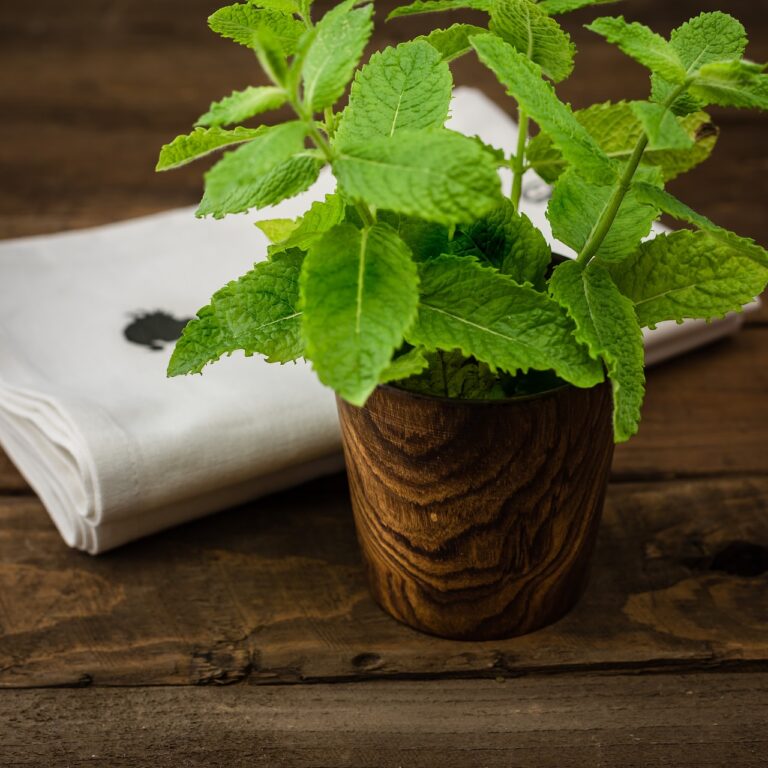Guide to Growing Lavender in Pots
Growing lavender in pots? Choose a pot with good drainage. Opt for well-draining soil mix and make sure sunlight. Water sparingly. Regular pruning promotes growth. Consider overwintering in colder climates.
Choosing the Right Lavender Variety
When selecting a lavender variety for pot cultivation, it is vital to consider the mature size of the plant to guarantee optimal growth in the chosen container. Different lavender varieties have varying growing habits and mature sizes, so it is essential to match them with suitable containers. For small pots, dwarf varieties like Thumbelina Leigh are excellent choices. These compact plants not only fit well in limited spaces but also bring a delightful fragrance to your surroundings. French lavender, such as Lavandula dentata, thrives in larger pots due to its relatively larger mature size compared to dwarf varieties. If you have medium-sized containers, Spanish lavender, like Lavandula stoechas, is a suitable option. Their growth habits make them perfect for containers that offer a bit more space for their development. By considering the pot size and the maturity size of lavender varieties, you guarantee that your plants have ample room to grow and flourish, enhancing the beauty of your indoor or outdoor space.
Planting Lavender in Containers
When planting lavender in containers, it’s essential to select a pot that allows for proper root growth, typically at least 2 inches larger than its current container. Guarantee good drainage by using a mix of potting soil, sand, and perlite to prevent waterlogging, promoting healthy growth for the plant. Remember to set the lavender at the same level as its original pot to avoid burying the stem and water thoroughly after planting for best results.
Pot Selection Tips
For successful cultivation of lavender in containers, prioritize selecting pots made of terracotta, clay, or wood to guarantee proper drainage. When choosing a pot, make sure it is at least 2 inches larger in diameter than the current pot to accommodate the plant’s growth. Opt for pots with drainage holes to prevent waterlogging, which can be detrimental to lavender. It’s essential to use a well-draining potting mix that includes sand and perlite to improve aeration and drainage. When repotting, place the lavender at the same level as it was in its original container to support ideal growth. Selecting the right pot is vital for the health and flourishing of your lavender plant in a container.
Soil and Drainage Requirements
To guarantee successful growth of lavender in containers, prioritize using a well-draining soil mix consisting of compost, sand, and gravel, and make sure the pots have adequate drainage holes to prevent waterlogging. Lavender plants are susceptible to root rot if they sit in waterlogged soil. Avoid using heavy clay or compacted soil in pots, as it can hinder proper drainage and lead to suffocation of the plant roots. Proper drainage is vital for maintaining ideal soil moisture levels and preventing overwatering, which can harm the lavender plants. Regularly check the soil moisture to confirm it is suitable for the potted lavender, as excess water retention can be harmful to the plant’s health.
Essential Care Tips for Lavender
Properly caring for potted lavender involves making sure it receives ample sunlight and water, as well as regular pruning and fertilization to promote healthy growth. Lavender in pots thrives with a minimum of 6 hours of direct sunlight daily. Place your containers in a sunny spot to encourage robust growth and vibrant blooms. When watering potted lavender, guarantee deep watering sessions but allow the soil to dry out between waterings to prevent root rot. Overwatering can be harmful to lavender, so it’s essential to strike a balance.
To maintain the lavender’s shape and encourage new growth, light pruning after blooming ends in autumn is necessary. Trim back about one-third of the plant, cutting just above a leaf joint. This practice helps the lavender stay compact and bushy. In the spring, consider using organic fertilizers sparingly to feed your potted lavender and support ideal growth. These fertilizers provide essential nutrients without the risk of chemical buildup that can harm the plant.
As winter approaches, it’s important to winterize your potted lavender if you live in a region with freezing temperatures. Move the containers indoors to protect the plants from the cold. Reduce watering during this period to prevent waterlogged soil, which can be damaging when the plant is not actively growing. Following these care tips will ensure your potted lavender thrives and delights with its aromatic beauty.
Pruning Lavender Plants in Pots
When maintaining lavender plants in pots, it is vital to prune them lightly after the blooming season to uphold their shape and stimulate growth. Pruning should be done in autumn to avoid cutting into the woody part of the plant, which could lead to damage and hinder new growth. By carefully trimming back the spent flower stems and shaping the plant, you can encourage new growth and maintain the overall health of your potted lavender.
For heavier pruning, it is best to wait until early spring after new growth has started to emerge. At this time, you can cut back the lavender stems to about one-third of their size. This more extensive pruning helps redirect the plant’s energy back into the roots, promoting stronger growth and longevity.
Pruning plays a vital role in the maintenance of potted lavender plants, as it not only helps in shaping the plant but also in promoting growth. By following the proper pruning techniques at the right times, you can make sure that your lavender thrives and continues to grace your space with its fragrant blooms season after season.
Harvesting Lavender Flowers
In harvesting lavender flowers, it’s essential to pick them at the correct time to guarantee the best fragrance and oil content. Using sharp scissors or pruning shears, make precise cuts on flower spikes, leaving some green leaves for the plant’s health. After collecting, hang the lavender upside down in a dark, well-ventilated spot to dry effectively.
Pruning for Health
To ensure ideal fragrance and flavor, lavender flower spikes should be gathered in the bud stage or after flowers have fully opened. When pruning lavender for health, it’s essential to avoid cutting into the woody part of the plant to stimulate new growth. Light pruning post-blooming in autumn maintains plant health, while heavier pruning in early spring, after new growth emerges, shapes the plant for bushier growth. Through strategic pruning, the plant’s energy is redirected into the roots, fostering overall plant health and extending its longevity. Remember, the timing of pruning impacts the lavender’s growth patterns and its ability to produce aromatic and flavorful flowers. Proper pruning practices are vital for cultivating thriving lavender plants in pots.
Timing for Harvest
After ensuring the lavender plant’s health through proper pruning techniques, the next step is to time the harvest of the flowers for best fragrance and oil content. Harvest lavender flowers when they are in the bud stage or fully open to maximize the fragrance and oil content. When harvesting, avoid cutting into the woody part of the plant to promote new growth. It’s advisable to prune lightly after the blooming period ends in autumn to maintain plant health and shape. For more significant pruning, wait until early spring after new growth appears; this will stimulate growth and flowering. Remember, proper pruning not only shapes the plant but also directs energy back into the roots for a healthier overall lavender plant.
Drying Lavender Flowers
I prefer cutting lavender flowers in the morning to capture the highest concentrations of essential oils. To dry lavender flowers effectively, follow these steps:
- Use sharp scissors to cut lavender stems, leaving some foliage intact.
- Bundle lavender stems with twine and hang them upside down in a dark, well-ventilated area.
- Monitor humidity levels and guarantee proper air circulation during the drying process.
Drying lavender can take 1-3 weeks, depending on environmental conditions. Once the flowers are dried, gently remove them from the stems and store in airtight containers, away from light and moisture. This method helps preserve the fragrance and quality of the lavender flowers for various uses.
Creative Uses for Lavender
Lavender offers a multitude of creative applications beyond its traditional uses in cooking and teas. Apart from its culinary and aromatherapy uses, lavender can be incorporated into various creative projects to add a touch of natural beauty and fragrance to your daily life. One unique way to utilize lavender is by creating lavender-infused salts. These salts not only add a floral flavor to dishes but also make for a visually appealing seasoning. In addition, incorporating dried lavender blossoms into potpourri blends can infuse your home with a fresh and relaxing scent.
For those inclined towards crafts, dried lavender blossoms can be an excellent addition to DIY projects such as candles, sachets, and bath products. The natural fragrance of lavender adds a calming effect to these items, making them ideal for relaxation and self-care routines. Moreover, using lavender in homemade beauty products like soaps and body scrubs can provide a soothing and aromatic experience during your daily skincare regimen. By exploring these creative uses for lavender, you can enjoy the benefits of this versatile herb beyond its traditional applications.

